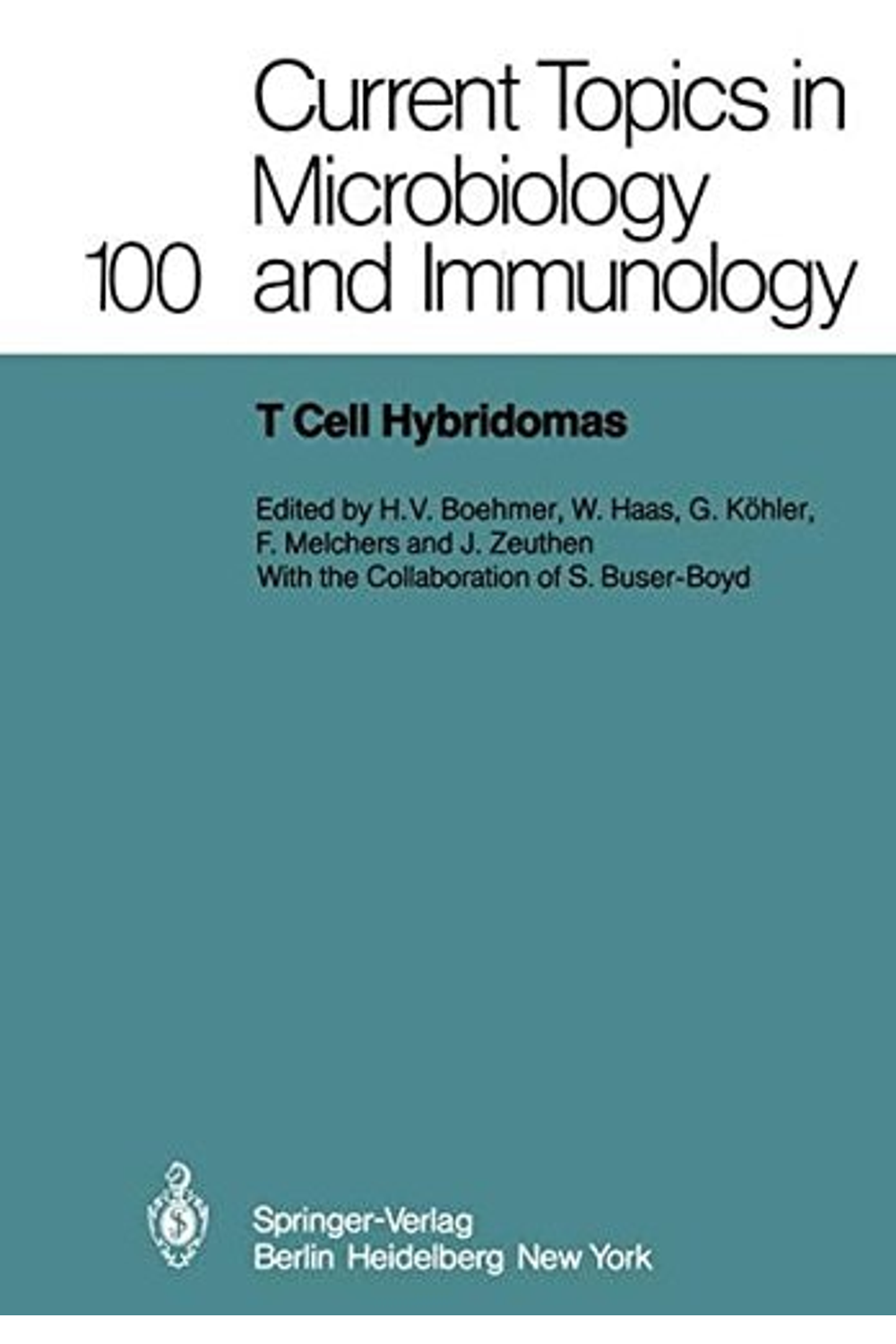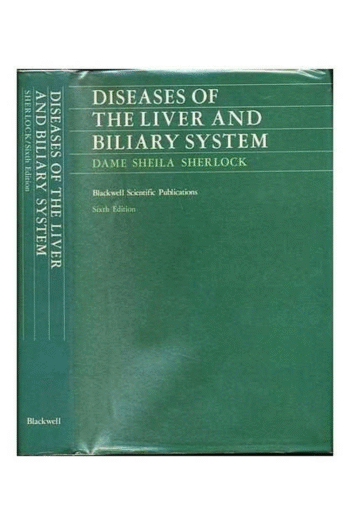Unlock the secrets of early immunology with “T Cell Hybridomas: A Workshop at the Basel Institute for Immunology.” This rare, first edition (1982) offers a fascinating glimpse into the pioneering work of W. Haas, G. Kahler, and H. V. Boehmer in the field of T cell hybridoma development. Published by Springer, this hardcover volume documents a pivotal workshop where researchers grappled with the challenges of creating stable, functional T cell hybridomasessential tools for understanding immune responses. Explore the initial successes and setbacks in fusing T cells with tumor cell lines, efforts to unlock the mechanisms of T cell function and regulation, and the very beginnings of discoveries like antigen-specific suppressor factors. A must-have for immunology historians, researchers seeking foundational knowledge, and anyone fascinated by the evolution of cellular immunology.
T Cell Hybridomas: A Workshop at the Basel Institute for Immunology (Current Topics in Microbiology and Immunology)
14,83 $
In stock
For more than ten years cell fusion techniques have been applied in studies on various lymphocyte functions. Ig expression was first studied in hybrids obtained by fusing myeloma cells with fibroblasts (1) or lymphomas (2), both of which do not produce Ig, and with Ig producing myelomas (3) or human blood lymphocytes (4). Kohler and Milstein (5) fused a myeloma with spleen cells from immunized mice. Up to 10% of the hybrids obtained secreted antibodies specific for the immunizing antigen. This suggested that plasma cells preferenti ally fused with the myeloma cells, a finding which was of enormous practical value. It was found that both Band T lymphocytes could be fused with the T cell tumor BW5147, which is however not permissive for Ig synthesis (6). A very large number of T cell hybridomas were generated by fusing BW5147 with cell populations containing in vivo or in vitro activated cells (7). The hybrids showed no specific T cell functions and binding assays for T cell receptors were not available. In particular, no hybrids were obtained which expreS1ed specific cytolytic activity that could be tested in short-term Cr release assays (8). However, the frustrations expressed about these failures, published in January, 1978 (9), were relieved by Taniguchi and Miller’s publication a few months later of T cell hybridomas producing antigen-specific suppressor factors (10). Unfortunately, their hybrids rapidly lost factor production.
| Authors | |
|---|---|
| Binding | |
| Condition | |
| ISBN-10 | 3540115358 |
| ISBN-13 | 9783540115359 |
| Language | |
| Pages | 262 |
| Publisher | |
| Year published | |
| Weight | 4000 |
| Edition | 1 |
Related products
-
Dare to Be Yourself (Mindpower)
23,63 $ -
How To Eat Better
20,25 $
- Additional information
- Currencies
- USD – United States dollar
- EUR – Euro
- GBP – Pound sterling
- CNY – Chinese yuan
- BRL – Brazilian real
- MXN – Mexican peso
- JPY – Japanese yen
- PHP – Philippine peso
- THB – Thai baht
- PLN – Polish złoty
- CAD – Canadian dollar
- MYR – Malaysian ringgit
- AUD – Australian dollar
- TWD – New Taiwan dollar
- CZK – Czech koruna
- SEK – Swedish krona
- HUF – Hungarian forint
- ILS – Israeli new shekel
- CHF – Swiss franc
- HKD – Hong Kong dollar
- DKK – Danish krone
- SGD – Singapore dollar
- NOK – Norwegian krone
- NZD – New Zealand dollar



![Baby Led Weaning Cookbook [Hardcover], What to Expect When Youre Expecting, Expecting Better, My Pregnancy Journal With My Craft 4 Books Collection Set](https://www.ubucuu.com/wp-content/uploads/9780091935283-3-350x525.png)

